Introduction

It has been quite a while since AMD has competed in the high-end space, with their last attempts putting little to no competition against NVIDIA’s lead on the market. A month ago their CES 2019 keynote, Lisa Su would usher in a new era for Radeon graphics cards with the reveal of the AMD Radeon VII. Today we’ll take a look at the world’s first 7nm graphics card built by AMD to compete with NVIDIA’s GeForce RTX cards, the new Radeon VII.
Based on the 2nd generation Vega architecture, the new Vega 20 GPU debuted last year for AMD’s HPC-targeted Radeon Instinct MI60 and has been redeveloped for gamers utilizing the benefits of 7nm to drive up clock speeds and memory bandwidth thus improving upon what came up short for the first-gen Vega cards.
AMD has sent us a media sample of their own-brand reference Radeon VII card and we’ll be comparing the performance directly against an NVIDIA RTX 2080 which was touted as its direct competitor during the reveal as well as its price positioning.

2nd-Generation Vega Architecture

The approach to the Vega 20 is fundamentally similar to the original Vega 10 used on the Vega64 card but the Vega 20 takes advantage of the benefits brought by going to 7nm fabrication.

AMD has made improvements providing much better and higher engine clocks thanks to the 7nm shrink and latency has been improved across the chip along with some IPC-improving changes.
The new Vega 20 chip also introduces Enhanced Thermal Monitoring which sees double the amount of temp sensors across the die which allows the GPU to more precisely control frequency and voltage.

Most notable is the increase in the memory bandwidth with AMD citing a 2.1x bandwidth increase from the Vega 10. This is due to the fact that AMD is using 16GB of HBM2 memory wherein the smallest size they can equip the GPU is at 4GB meaning to achieve the 4096-bit bandwidth they have to offset the supposed bottlenecks of the previous generation, the choice to equip it with 16GB is logical.
Product Images
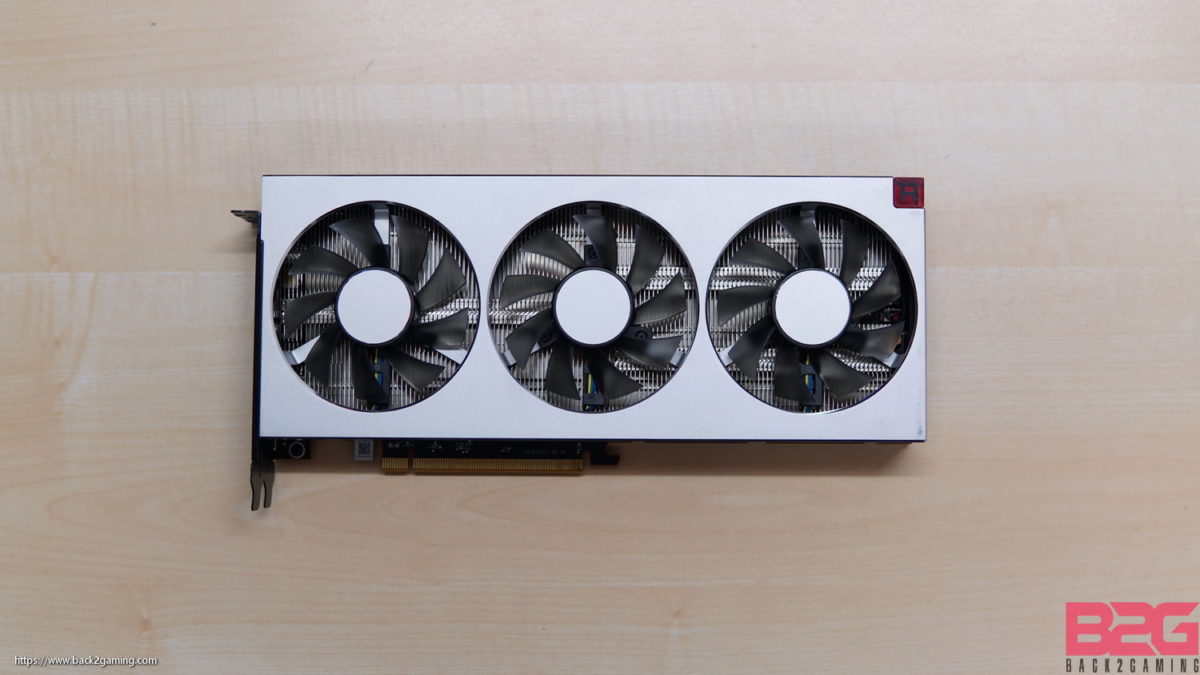
The AMD Radeon VII reference card features a familiar brick design with an aluminum shroud with triple cooling fans. From this angle we can also see that little corner block logo of the Radeon symbol.
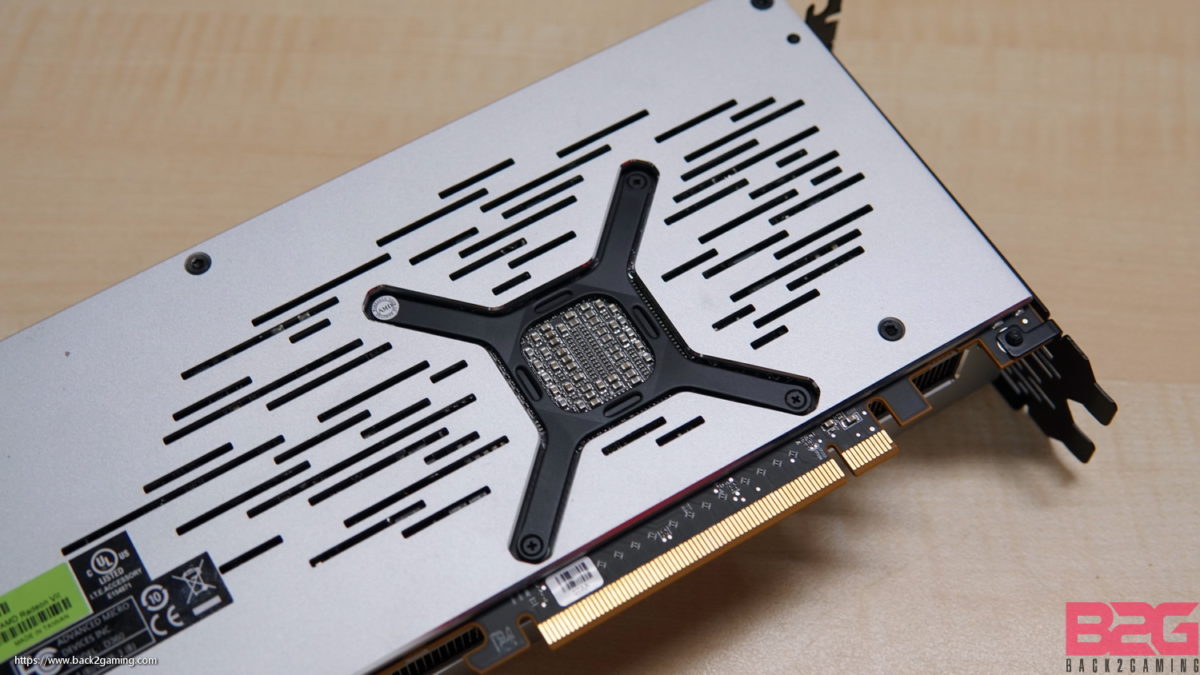
AMD also installs a backplate with the Radeon VII. The reference design features horizontal slots along the back for aesthetic purposes. This may change with AIC implementations.
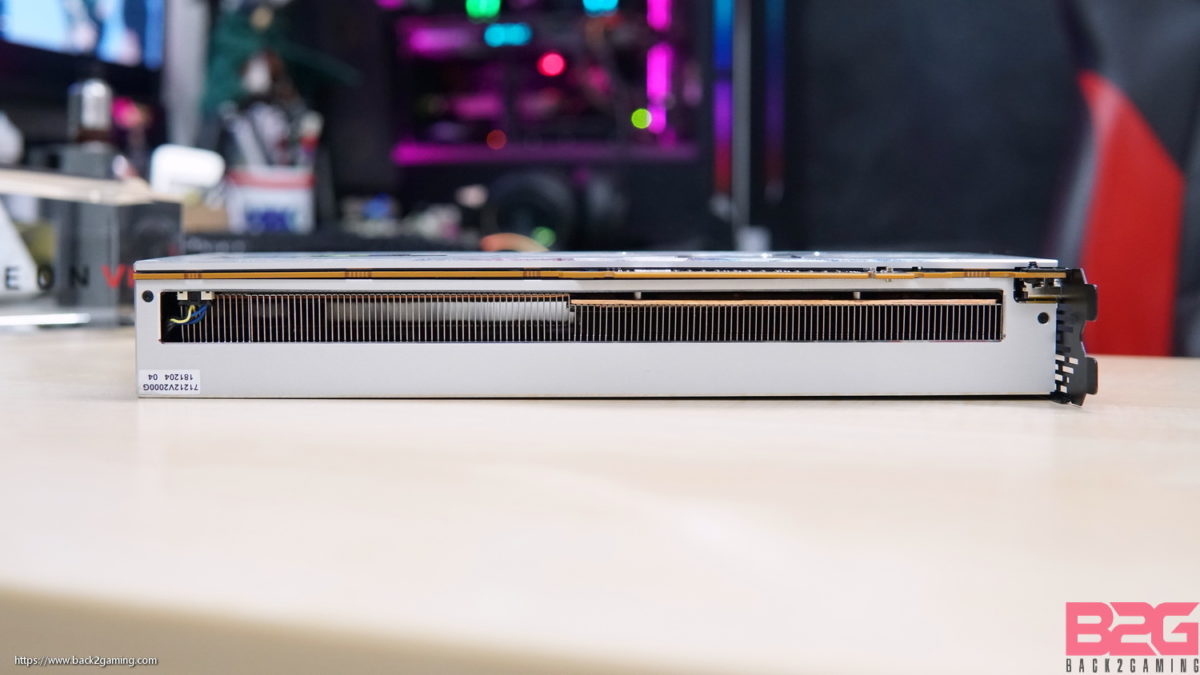
The reference AMD Radeon VII graphics card has an exact 2-slot high cooler. The card has a noticeable copper plate over the GPU die with fins filling up the entire length of the card covered by the aluminum shroud.
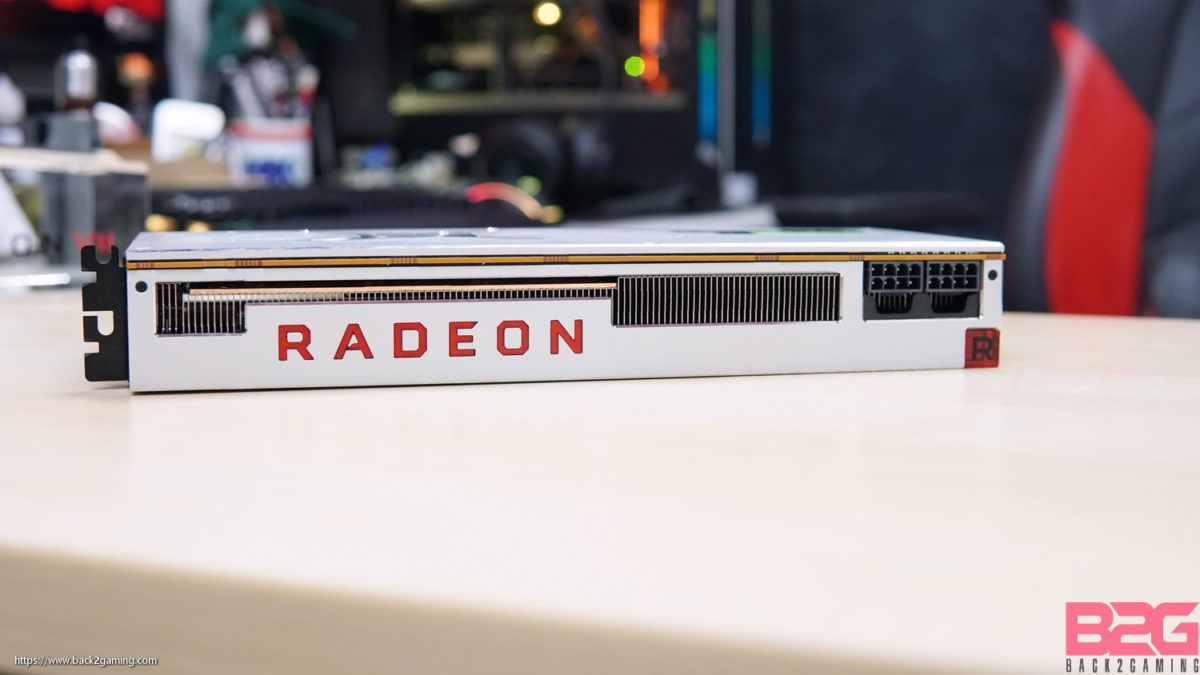
One of the sides of the AMD Radeon VII shows us the Radeon logo as well as what is required to power the card: 2x 8-pin PCI-e power. The card is listed with a 300-watt board power rating.

Here’s a shot of the Radeon VII with a reference RX 480.
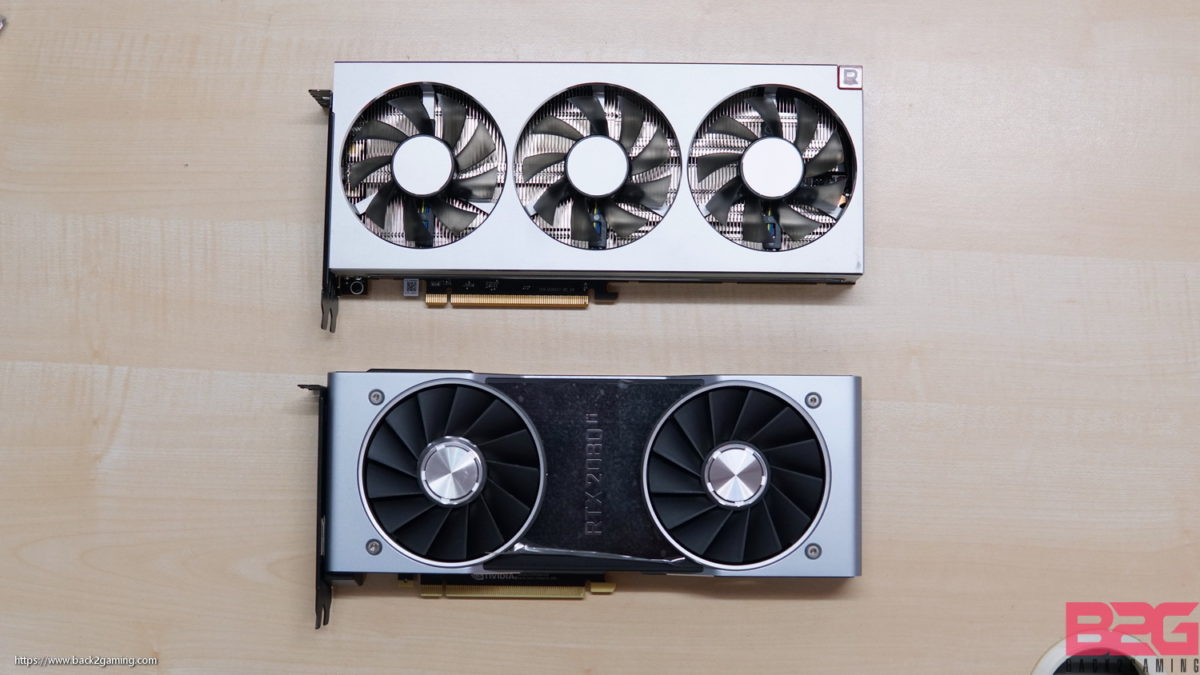
And here’s another shot of the Radeon VII alongside an NVIDIA RTX 2080 Ti Founders Edition graphics card. Take note that AMD positions the Radeon VII against the NVIDIA RTX 2080 only, and we will be comparing it with that graphics card along with the GTX 1080 Ti and the RTX 2070 as well.
Test Setup and Methodology
Processor: Intel Core i7 8700K
Motherboard: GIGABYTE Z370 AORUS GAMING 7
Memory: Corsair Vengeance RGB DDR4-3600 16GB
Storage: WD Blue SSD 1TB SATA
PSU: Seasonic Platinum 1050w
Cooling: Fractal Design Celsius S36 AIO Liquid cooler
Monitor: Viewsonic VX2475smhl-4K
VGA: AMD Radeon VII
For a full-hardware workout, visit https://benchmarks.ul.com for our benchmarks of choice.
For benchmarking methodology please see our game benchmark method guide.
Frame rates and frame times of a 60-second game play were recorded using FRAPS v3.5.99. The test results are the average of 3 benchmark runs. Since this is a GPU review, we benchmarked the area of the games that put heavy load on the GPU.
All our test runs are repeatable, click the links below for area and details. Read our benchmarking methodology.
- DOTA2 – Kiev Major Grand Finals Game 5: OG vs Virtus.Pro (54:05 – 55:05)
- The Witcher 3 – Woesong Bridge
- Grand Theft Auto V – Palomino Highlands
- F1 2017 – Benchmark Mode (Australia, Clear Weather, Morning)
- Battlefield V – Nordlys
- Rainbow Six: Siege – Benchmark Mode
- Shadow of the Tomb Raider
See our Youtube playlist for benchmark sequences.
Note: Some proprietary technologies of NVIDIA like PCSS, HBAO+, and HairWorks work on AMD GPU’s BUT to maintain uniformity amongst GPUs, these have been turned OFF.
DOTA 2
The most popular game on Steam and the biggest competition in eSports; DOTA 2 is powered by the Source 2 engine. The game is fairly light on low to medium settings but maxed out with heavy action on screen especially during clashes can really stress most systems especially with Reborn update. This is a game where frame times matter as responsiveness is very important in high-stakes competition.
DirectX9 (default)
Best-Looking slider setting (Ultra)
FPS_MAX 240
Vsync OFF
1920×1080

2560×1440

3840×2160

The Witcher 3 – The Wild Hunt
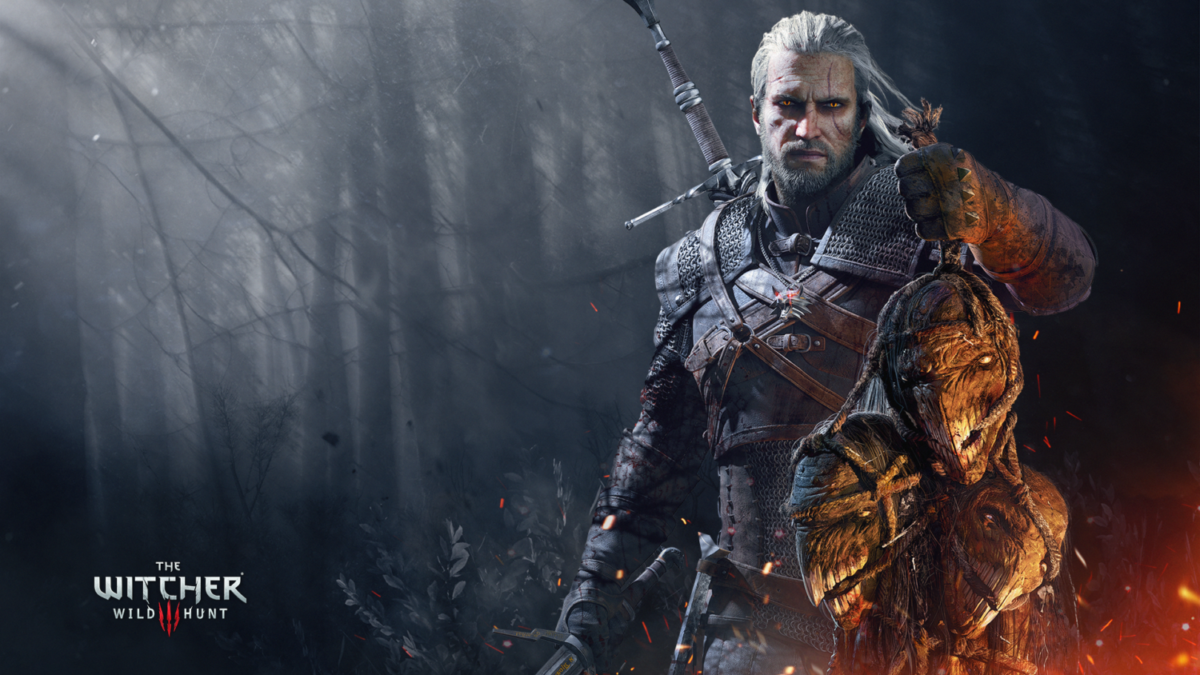
CD Projekt Red’s latest installment in the Witcher saga features one of the most graphically intense offering the company has to date. As Geralt of Rivia, slay monsters, beasts and men as you unravel the mysteries of your past. Vast worlds and lush sceneries make this game a visual feast and promises to make any system crawl at its highest settings.
Frame Rate: Unlimited
Nvidia HairWorks: Off
Ultra Settings
Motion Blur: Off
Blur: Off
Anti-aliasing: On
Bloom: On
Sharpening: High
Ambient Occlusion: SSAO
Depth of Field: On
Chromatic Aberration: Off
Vignetting: On
Light Shafts: On
1920×1080

2560×1440

3840×2160

F1 2017

Set as the foundation of the Formula One eSports series, F1 2017 is a hallmark installment in the F1 sim-racing series as it expands previously introduced features and creates a great, F1 career simulation experience. The game is powered by EGO Engine 3.0 and features highly detailed cars with exceptional attention to environmental effects including those that simulate road condition and car condition.
Ultra High graphics settings
HBAO+
TAA
1920×1080

2560×1440

3840×2160

Grand Theft Auto V
The fifth and most successful installment to date in the highly controversial Grand Theft Auto series brings a graphical overhaul to the PC version of GTA V which many have lauded as a superior approach in porting a console game to PC. Featuring large areas and detailing, GTA V is a highly challenging application in terms of scene complexity.
FXAA Off
MSAA 4x
TXAA Off
Very High settings
Anisotropic Filtering: 16x
Motion Blur disabled
Advanced Graphics enabled
1920×1080

2560×1440

3840×2160

Temperature and Power Draw

To measure both power consumption and heat, we stress the video card and record the peak values for heat and wattage. We use default values on the cards and stress test them using 3DMark FireStrike Ultra in 20 loops to simulate gaming loads and this is where we also base our power draw.
System power draw is measured from the socket. We substract the idle power draw reading from the load power draw reading to get a good estimate of what the graphics card draws. The reading is an estimated figure and is affected by other factors like PSU efficiency. As our stress load is not a power virus that creates unrealistic and extreme workloads, we take the peak readings from these test and treat them as equivalent to gaming workloads that the products may be subject to.
Temperature

One thing about power is that with AMD’s new temperature implementation, read outs are a bit confusing with GPU-Z not reporting temps and HWInfo reflecting the new temp readout which goes upwards of 111*C. This would be misleading and requires further testing so we’re holding off temp readings for now. We do have thermal images below for your reference which sees the cooling solution peaking at around 70*C at the heatsink side and the back of the GPU a toasty 76.5*C. Still not a good sign. We measured the exhaust air of the loaded Radeon VII at around 55*C as well.
Power Draw
Thermal Images During Load
Conclusion

We’ll be seeing more of the Radeon VII as the days go by and AMD responds to the feedback received during the launch reviews. For now, it still stands as AMD’s flagship graphics card which promises high-end performance thanks to its incredible spec sheet.
Now before we dive to our analysis we’d like to mention that we had to overhaul our review last minute which left us with only the head-to-head RTX 2080 results. We will update this in a series of articles including our CPU scaling analysis of the Radeon VII.
Talking about performance in general, the Radeon VII holds up against the RTX 2080 in some instances but does trail but in most cases it closes the gap in 1440p and 4K resolutions against its RTX rival. That said, AMD heavily drummed up 4K performance but neither card gave us stellar 4K numbers in our AAA titles. That said, NVIDIA does have DLSS to offset this and should adoption for the tech grow AMD’s lack of a competing technology to boost 4K performance would mean it would get pounded in 4K benches where DLSS is present given the promising results that current DLSS titles have.
Overall the card does hold up well but not as it was promised to be. AMD set very high expectations for the card’s performance to be a real threat to the RTX cards. To be fair to AMD, they never really outright mentioned it would beat NVIDIA’s cards but their keynote left many with high expectations. It is this style of marketing that continuously plague AMD’s releases, driving up expectations only to disappoint fans. The take here is that its not entirely AMD’s fault but the way they approach things eventually leads up to this kind of scenario and it doesn’t help them in the endgame.

Focusing on the card once again, at $699 its priced on par with NVIDIA’s and this helps AMD offset the manufacturing cost of the Radeon VII but ultimately the performance just doesn’t give enough reason for NVIDIA to tremble in fear and slash prices which is what would’ve benefited consumers. People are hungry for competition which what makes people hope and expect much from AMD and with the Radeon VII not being the card to disrupt NVIDIA’s current strategy, we will continue to see the same pricing that we have right now.
For the AMD Radeon VII itself, its a fast card and a very good 1440p option or 4K if you’re willing to tweak graphics a bit for AAA games or play mostly lighter eSports titles. Ultimately though, with only reference cards currently present, NVIDIA’s performance lead, efficiency and technological advantage makes the Radeon VII a lesser value. If the card was at $599 or lower, it would’ve been a different story altogether.
The other perspective here is that much like what it has promised on its desktop CPU front, AMD is able to compete with its main rival now. The performance is enough to compete with at least the 2nd-tier flagship card from NVIDIA, the RTX 2080, and the AMD Radeon VII does that well enough to at least give fans of the brand an option to meet modern performance standards.
So is the Radeon VII a good buy? It really depends on your situation. From our preliminary testing with a GTX 1080 Ti, performance was more comparative to that card from the Radeon VII. This means those looking to achieve similar performance figures and don’t need RTX can get an older GTX 1080 Ti or stick with one if they already have it. Otherwise NVIDIA’s cheaper RTX 2070 and RTX 2060 would be enough for anything lower than a 600$ budget. AMD just doesn’t have the answer right now in the performance space between the RX 590 and Radeon VII and we need to wait until they fill those in and see if their pricing strategy will be enough reason to change how we view the current GPU performance bracket between the cards below the Radeon VII and RTX 2080.



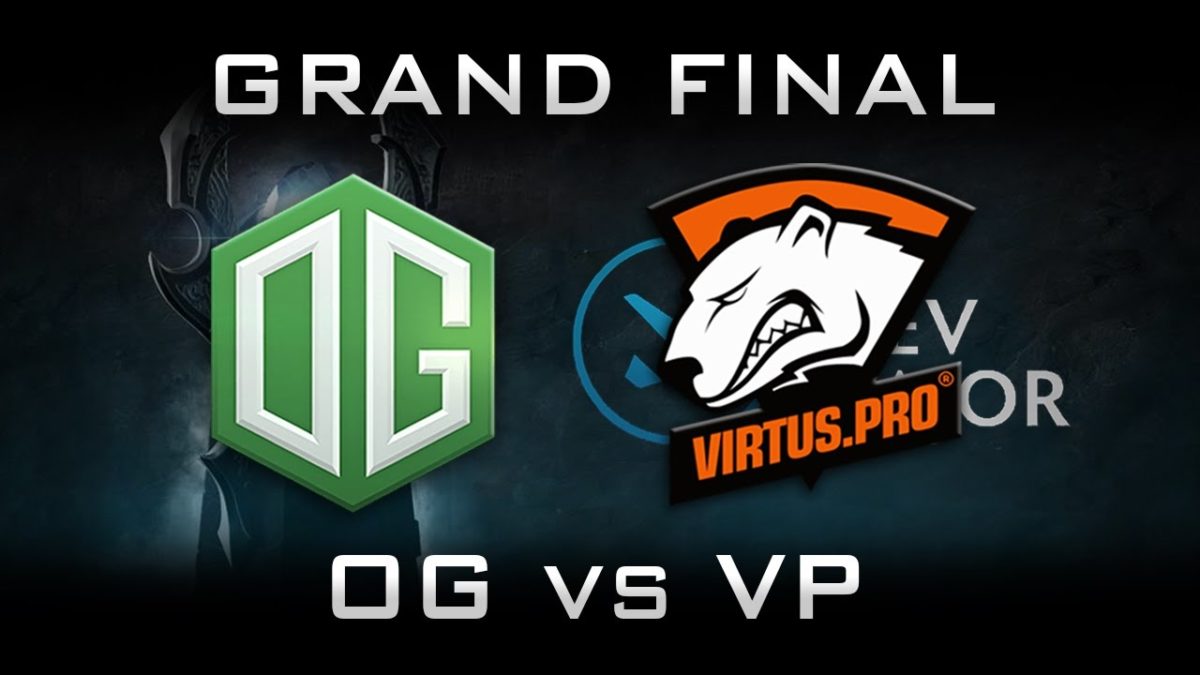




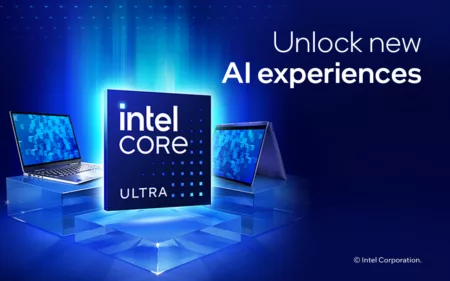
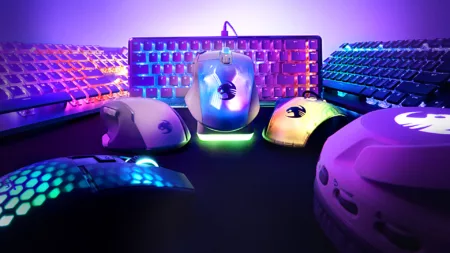
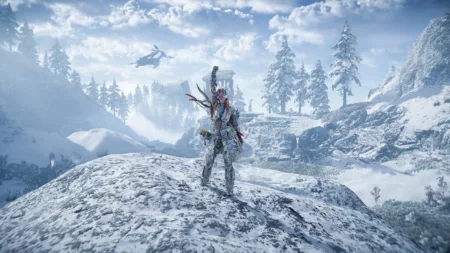
2 Comments
Good Review nicely done. Good JOb! Isa lang masasbi ko, parang si AMD super saiyan 3 palang nakipag sabayan n kay Goku ng naka Super Saiyan Blue. Then halos same price point. hmm.. Pero sabi naman ni AMD may dini develop din cla n technology same as RTS but.. para sa akin minadali si AMD radeon VII.
This is AMD’s year I believe. We will wait for Computex, for Zen2 and hopefully Navi.